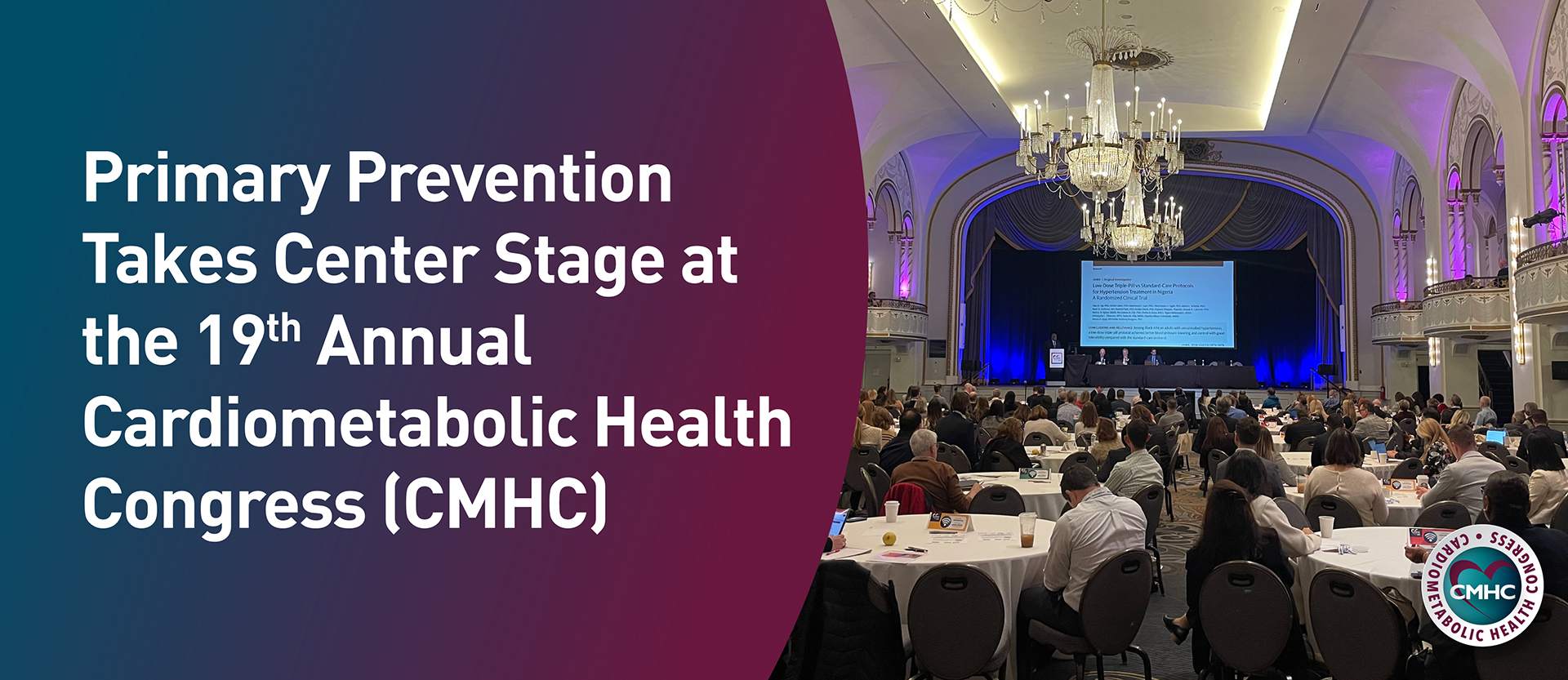A study of close to 500,000 people without cardiovascular disease at baseline showed that total physical activity related to work, recreation, or utilitarian needs such as walking to do errands was associated with a lower short-term risk of developing CVD. The researchers found that there is a “clearly positive . . . dose-response relationship between levels of total activity and risks of major CVD,” senior author Dr Zhengming Chen (University of Oxford, UK) told theheart.org | Medscape Cardiology.
Lead author Dr Derrick A Bennet (Oxford University) and colleagues analyzed data from adults who participated in the China Kadoorie Biobank study, and their findings were published November 8, 2017 in JAMA Cardiology.
Compared with people in high-income countries, these participants in middle-income China had a much higher average level of physical activity: 21.5 metabolic equivalents of task (MET) hours/day, which equals 5 hours of cycling or brisk walking a day.
With each added 4 MET hours/day of physical activity—roughly equal to 1 extra hour of brisk walking per day—people had a 5% to 12% lower risk of developing different types of CVD during a 7.5-year follow-up. The association was similar in men and women, and young and old, Chen noted. However, among patients with hypertension, the benefits of physical activity in lowering risk of CVD—especially stroke—were weaker, although fewer than 10% of these patients had properly controlled hypertension.
Dr Scott A Lear (Simon Fraser University, Vancouver, BC) told theheart.org | Medscape Cardiology that this “huge study in the largest population in the world” showed that “being physically active is associated with a substantial reduction in risk for major CVD events,” which “is as good as or better than some of the most effective CVD pharmaceuticals we have.” Added to other evidence, it emphasizes that “more attention needs to be paid to prescribing physical activity as an effective and low-cost intervention with few side effects,” he said. “Public-health policy and other administrative units need to be involved (since it is rare that healthy people see a clinician) to ensure being physically active is the easy choice.”
The study also supports World Health Organization (WHO) recommendations of 20 or 30 minutes of moderate intensity exercise on most days, which would reduce the risk of premature death by 20% compared with people who do not meet this target.
“Our study is the first really large study in low- and middle-income countries of the effects of physical activity on CVD risks, and the study findings support current WHO guidelines that promote any type of activity to reduce the risk of major chronic disease,” said Chen. The challenge, say Lear and Yusuf, is for low- and middle-income countries to find ways to mitigate the decrease in occupational physical activity that follows economic prosperity and for high-income countries to find ways to increase fitness levels when most people have sedentary jobs.
On an individual level, people with sedentary jobs “can do simple things,” they advise, such as getting up every 20 to 30 minutes for a 2-minute walk, taking the stairs instead of an elevator, and parking further from their destination. However, individual changes only go so far, they note, and for substantial increases in physical activity to be achieved “national and community-level programs are needed.” Having safer neighborhoods where people can access parks and bicycle paths can help, and in China, building bike lanes would not only increase activity, but reduce traffic and air pollution, they point out.
“If the entire population met the WHO [physical activity] guidelines, whether through recreational, occupational, household, or other obligatory activities, this would prevent around one in 12 (or approximately 3.0 million) premature deaths in adults worldwide,” they conclude.


















